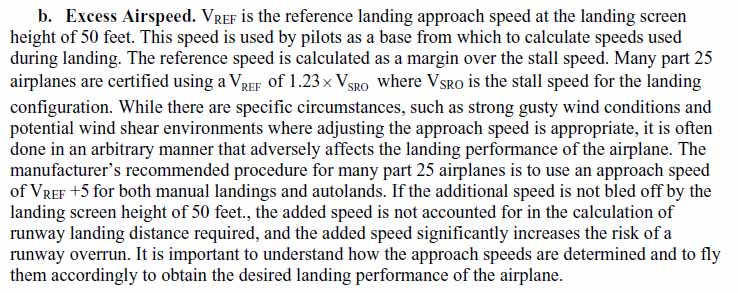Depends on what the manufacturer used to determine landing distances. In the might BeechJet it is Vref, throttles AT idle and crossing the runway end at 50'. Now in practice that is not "practical" IMO, too much of a decent rate (airplane is rated for 600 FPM landings) and makes for too rough of a landing, but we are talking, at most, for a nominal airport a 3500 foot cross the runway to full stop using just breaks using the manufactures technique.
So in practice, cross at Vref throttles coming to idle somewhere from 75 feet to 40 feet and still touching down on the 1000 or 1500 foot markers.
Vref+ additive is what I fly from FAF to DH/MDA and start slowing to Vref from MDA/DH to the end of the runway or as needed by visual pattern, etc.

